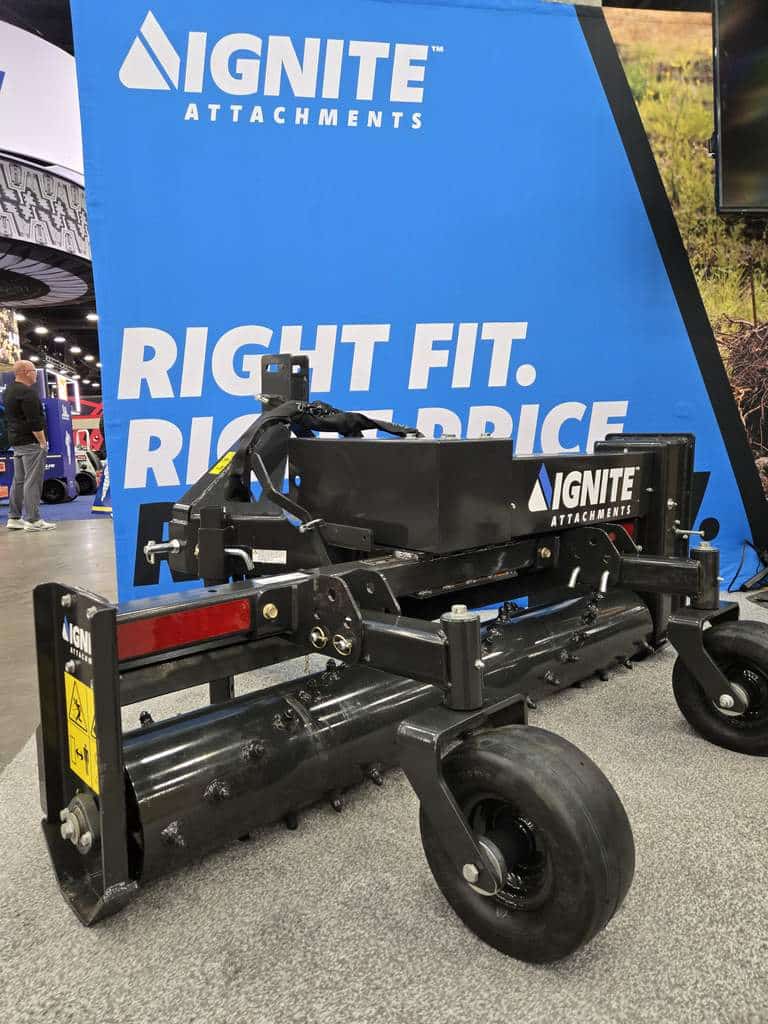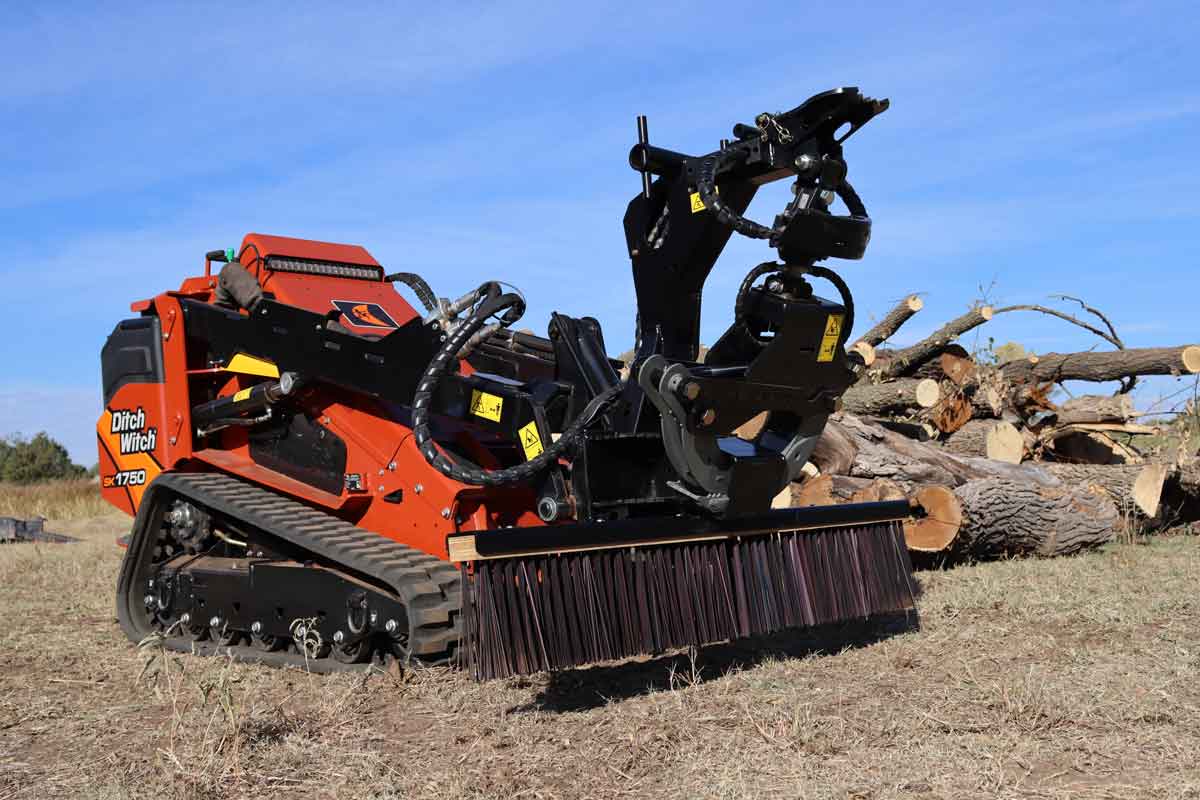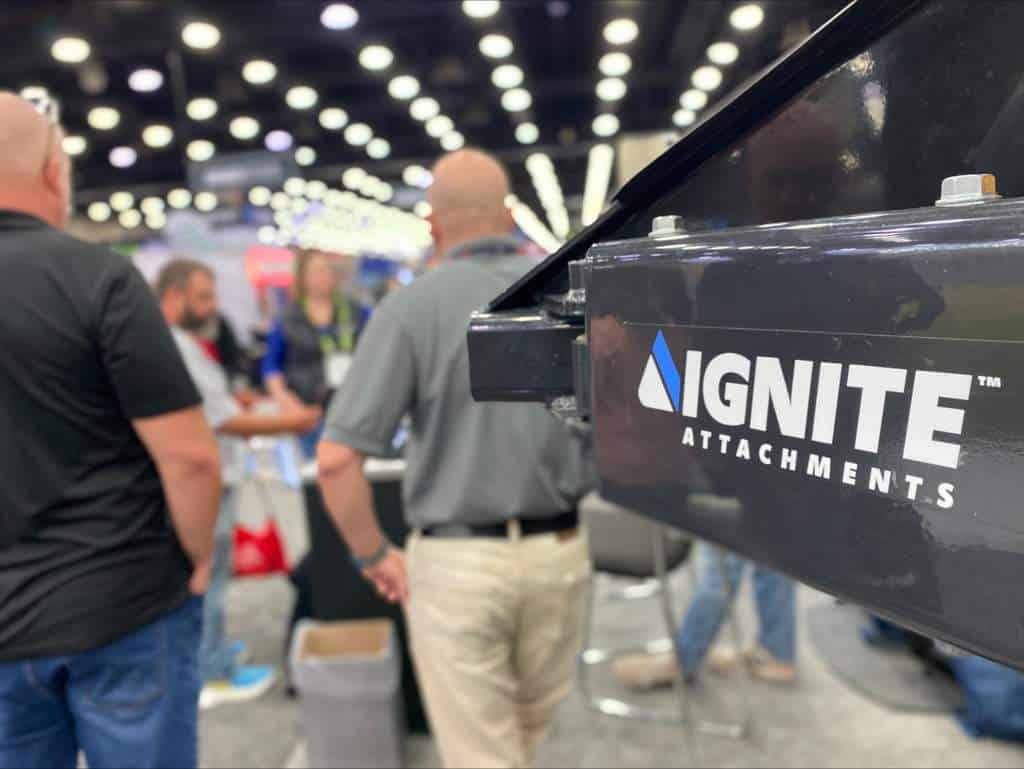Vibratory Plow Attachments: A Smarter Option for Fiber, Cable and Irrigation Installs
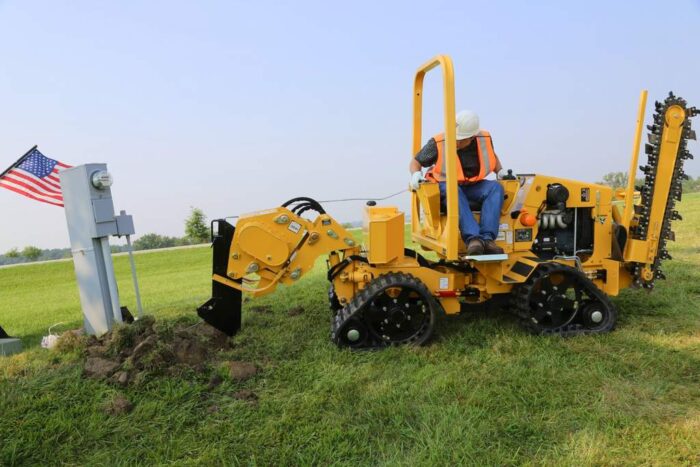
Vibratory plow attachments offer an efficient method for shallow utility installations. Available in various models and sizes, these attachments are engineered to match the power and capabilities of their tool carriers. Their most common applications include installing electrical, fiber-optic and coaxial cables as well as irrigation lines for landscaping projects. An advantage of vibratory plow attachments over traditional trenchers for these tasks lies in their speed and minimal site disruption.
A vibratory plow directly buries small-diameter utilities by making a clean cut through the ground, simultaneously installing the line as the machine advances. This method results in minimal ground disturbance. Consequently, restoration work is often as straightforward as driving the carrier back over the narrow installation path, allowing the machine’s weight to repack any unsettled soil. This contrasts with trenching, which involves excavating a wider channel, managing spoils, backfilling and typically more surface restoration.
Matching the Machine to the Plow
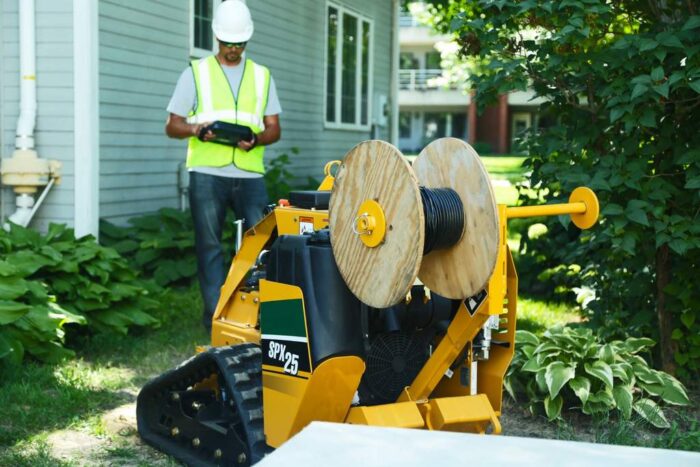
Vibratory plow attachments can be used with various types of tool carriers. Understanding which equipment powers these attachments and the benefit of each pairing is important for contractors seeking to optimize their operations.
• Mini skid steers: For projects in tight spaces, such as residential yards with narrow access points and sensitive existing landscapes, the combination of a mini skid steer and a vibratory plow attachment is effective. These compact machines offer good maneuverability and a light footprint, which minimizes turf damage and soil compaction — a key consideration for residential clients. Attachments like the Vermeer SVP18 vibratory plow are designed for these scenarios, capable of installing products up to 12 in. (30.5 cm) deep using either a chute-style or pull-style blade. Features such as a wide swing angle, often around 50 degrees, enable the attachment and mini skid steer to navigate tight turns around obstacles like trees, patios and existing utilities.
• Compact articulated loaders: The compact articulated loader (CAL) market, with machines like the Vermeer ATX series, is an evolving segment that can be outfitted with vibratory plow attachments. This combination is well-suited for contractors undertaking longer utility installation runs but who may not perform this type of work frequently enough to justify investing in a dedicated vibratory plow. CALs are valued for their articulation, which provides maneuverability with minimal turf disturbance during turns. Their lift capacity and auxiliary hydraulic flow also make them capable of handling other landscaping and material handling tasks. For a contractor already utilizing a CAL, adding a vibratory plow attachment expands their service offerings.
• Ride-on utility tractors: For utility contractors who regularly tackle extensive installation projects, ride-on utility tractors serve as a common platform for vibratory plows. These tractors are designed to handle the demands of continuous plowing operations. An advantage of this pairing is the ability to equip the tractor with a suite of other attachments. It is not uncommon to see a ride-on utility tractor outfitted with a reel carrier for the product being installed, a trencher for sections where plowing isn’t feasible and a backfill blade for restoration. This multi-functionality allows contractors to adapt to varying jobsite conditions and project requirements by swapping attachments as needed.
• Skid steers and compact track loaders: Standard skid steer loaders (SSLs) and compact track loaders (CTLs) can also serve as power sources for vibratory plow attachments.
Specing the Plow to the Machine
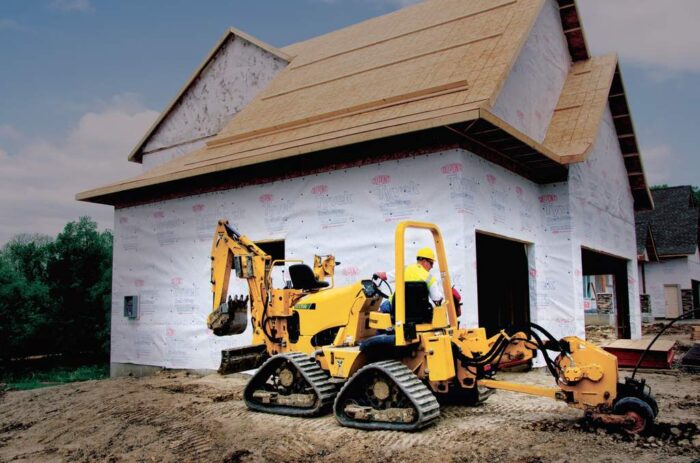
Optimizing the performance of a vibratory plow attachment hinges on its correct match with the tool carrier. Several factors must be considered:
• Attachment plate: The initial check involves the attachment plate. The plow attachment mounting system must be compatible with the tool carrier’s quick-attach plate. While many manufacturers adhere to industry standards, verification before purchase or rental is important.
• Hydraulic flow and pressure: This is a critical aspect. Vibratory plows depend on hydraulic flow from the carrier to power the shaker box, which creates the vibratory action, and on most models, to control blade depth or swing. The attachment will have specific requirements for hydraulic flow (gpm) and pressure (psi). The carrier must be able to meet or exceed these requirements. Insufficient flow reduces plow performance, installation speed and can strain the carrier’s hydraulic system. Conversely, overpowering an attachment can result in premature wear or damage. Consulting both the attachment and the tool carrier manufacturer’s recommendations is always the best practice.
• Machine weight and stability: The overall weight and stability of the tool carrier are also important. The carrier needs sufficient weight to provide adequate traction for pulling the plow blade through the ground, particularly in tougher soil conditions or when plowing at greater depths. Manufacturers provide recommendations for approved attachments for specific machine models, factoring in weight distribution and safe operating limits.
Adherence to the manufacturer’s recommendations is important, as these guidelines are based on thorough testing and engineering to determine optimal equipment pairings.
Dedicated Plows vs. Attachments

Beyond attachments, contractors also have the option of dedicated walk-behind vibratory plows and larger ride-on combo units, which often integrate a trencher onto the same chassis. Dedicated walk-behind units are compact, maneuverable and designed for shallow depth, short-run installations. They excel in making final utility connections to buildings or navigating extremely tight spaces where even a mini skid steer might be too large. Dedicated ride-on plows or combo units are built for high-volume, continuous utility installation work and are the workhorses for contractors specializing in this field.
However, for contractors whose operations require versatility and are not solely focused on plowing, the tool carrier with a vibratory plow attachment offers a good blend of capability and cost-effectiveness. This approach allows them to leverage an existing power unit for multiple tasks, maximizing their equipment investment. For landscaping or irrigation professionals, utilizing a mini skid steer they already own for other tasks, and simply adding a vibratory plow attachment when needed is a smart, efficient strategy.
Routine Maintenance and Service
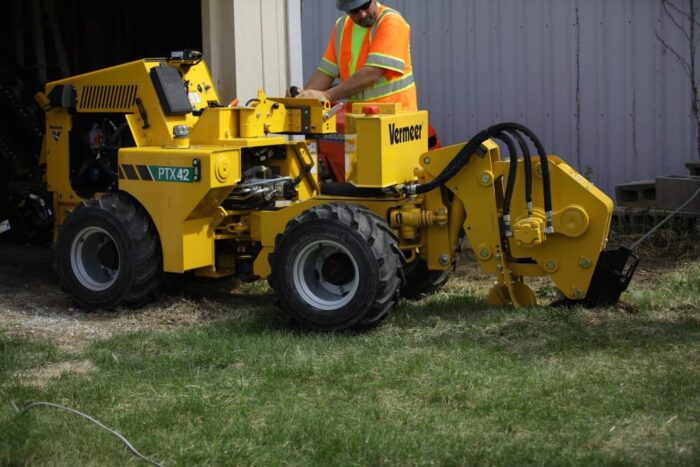
Like any hard-working piece of equipment, vibratory plow attachments require routine maintenance for long life and good performance. Neglecting maintenance can lead to downtime and costly repairs.
• Blade inspection and replacement: The plow blade or knife is the primary wear item. It should be inspected regularly for sharpness, wear and any signs of damage or bending. A dull or damaged blade demands more power to pull, places greater strain on the carrier and can result in a less clean installation. Most blades are designed for relatively straightforward replacement. Keep spare blades on hand, especially when working in abrasive or rocky soil conditions.
• Hydraulic system care: The hydraulic motor that powers the plow’s vibratory action is a critical component. Maintaining clean hydraulic fluid and proper levels on the tool carrier are essential, as the attachment shares this system. Contaminated hydraulic oil is a leading cause of component failure. Hydraulic hoses should also be inspected regularly for wear, abrasion or leaks.
• Shaker box maintenance: The shaker box, which generates the vibration, contains bearings and other moving parts. Following the manufacturer’s lubrication schedule is important. Operators should be alert to any unusual noises or excessive vibration, which could indicate internal wear.
• Fasteners and pivot points: All nuts, bolts and pivot pins should be regularly checked for tightness and wear. The vibration inherent in plowing can cause fasteners to loosen over time.
• Cleaning: After each use, the attachment should be cleaned to remove dirt and debris that can accelerate wear or conceal potential issues.
The vibratory plow attachment is a useful tool for achieving efficiency in shallow utility installations. Its capacity for rapid installation with minimal ground disturbance makes it a valuable asset for electrical, fiber, coax and irrigation projects. By carefully selecting the appropriate tool carrier, confirming proper compatibility and adhering to a consistent maintenance regimen, contractors can get the most from these attachments.
Blake Hook is a product specialist and Cole Chesnut is a product manager at Vermeer Corp.
Let’s take a look at six brands of mini skid steers or compact tool carriers.

